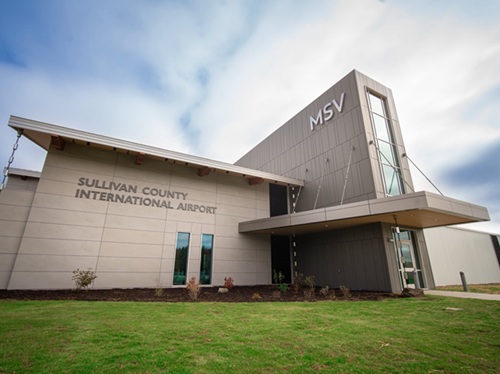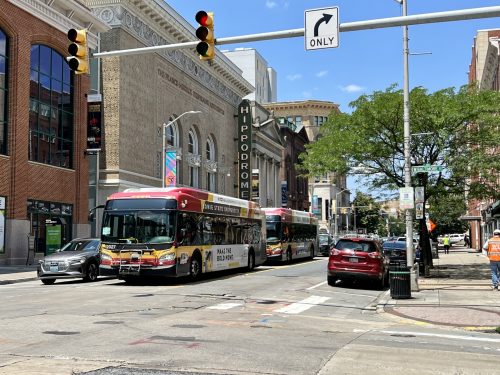The Federal Transit Administration recently issued $343 million in grants to eight transit systems in eight states to help fund a variety of rail improvements.
[Above photo by MTA]
That grant funding – issued via the FTA’s All Stations Accessibility Program or ASAP – aims to help make rail stations more accessible in line with the Americans with Disabilities Act or ADA standards by installing elevators, renovating platforms for level boarding, improving signage and enhancing visual and audio systems.
Inaccessibility is a significant hurdle for riders using “legacy” rail systems built before 1990, the FTA said – noting that more than 900 transit legacy stations are not fully accessible today.
“Since the passage of the Americans with Disabilities Act, great strides have been made in improving accessibility, but there is still a lot of work to accomplish,” said FTA Acting Administrator Veronica Vanterpool in a statement.
“By modernizing rail systems across the country, the ASAP program provides funding to address these overdue improvements,” she added. “We want to ensure that all customers can use transit systems with ease and reliability, including people with disabilities, those using mobility devices, and other users needing more accessible spaces.”
Two projects overseen by state department of transportations received grants from this round of ASAP funding:
- The Massachusetts Bay Transportation Authority – a division of the Massachusetts Department of Transportation – will receive $67 million to upgrade station platforms at 14 stops along the Green Line’s light rail B and C branches that are not accessible to riders with disabilities. Improvements will focus on improving safety, including installing accessible platforms for level boarding.
- The Maryland Transit Administration – a division of the Maryland Department of Transportation – will receive about $1.3 million to conduct engineering and design work to make the College Park Maryland Area Rail Commuter or MARC station on the Camden Line fully accessible. That work will allow riders to easily board and depart from the station using new 600-foot, low-level platforms. That project will also add safety protections in and around the station that will directly meet the needs of passengers with disabilities.
 Top Stories
Top Stories
New Study Finds Cannabis Use Impacting Vehicle Crashes
October 17, 2025 Top Stories
Top Stories

